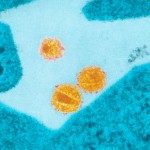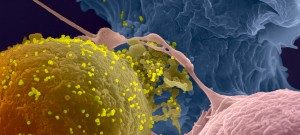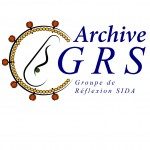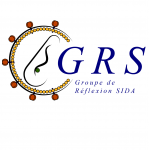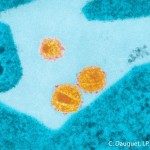Cliquez pour voir le graph
Connexions
Cliquez pour voir la ligne de temps
Ligne de temps
Présentation
Projets
Publications
Télécharger-
2024Modeling memory B cell responses in a lymphoid organ-chip to evaluate mRNA vaccine boosting., J Exp Med 2024 Oct; 221(10): .
-
2024Clonal succession after prolonged antiretroviral therapy rejuvenates CD8+ T cell responses against HIV-1., Nat Immunol 2024 Sep; 25(9): 1555-1564.
-
2023SARS-CoV-2 hijacks neutralizing dimeric IgA for nasal infection and injury in Syrian hamsters1., Emerg Microbes Infect 2023 Dec; 12(2): 2245921.
-
2023Neutralization of African enterovirus A71 genogroups by antibodies to canonical genogroups., J Gen Virol 2023 Nov; 104(11): .
-
2023Global loss of cellular m6A RNA methylation following infection with different SARS-CoV-2 variants., Genome Res 2023 Mar; 33(3): 299-313.
-
2023Divergent adaptive immune responses define two types of long COVID., Front Immunol 2023 ; 14(): 1221961.
-
2022The Spike-Stabilizing D614G Mutation Interacts with S1/S2 Cleavage Site Mutations To Promote the Infectious Potential of SARS-CoV-2 Variants., J Virol 2022 Oct; 96(19): e0130122.
-
2022A close shave: How SARS-CoV-2 induces the loss of cilia., J Cell Biol 2022 Jul; 221(7): .
-
2022Enhanced Cross-Reactive and Polyfunctional Effector-Memory T Cell Responses by ICVAX-a Human PD1-Based Bivalent HIV-1 Gag-p41 Mosaic DNA Vaccine., J Virol 2022 04; 96(7): e0216121.
-
2022Low CCR5 expression protects HIV-specific CD4+ T cells of elite controllers from viral entry., Nat Commun 2022 Jan; 13(1): 521.
-
+Voir la liste complète de publications

